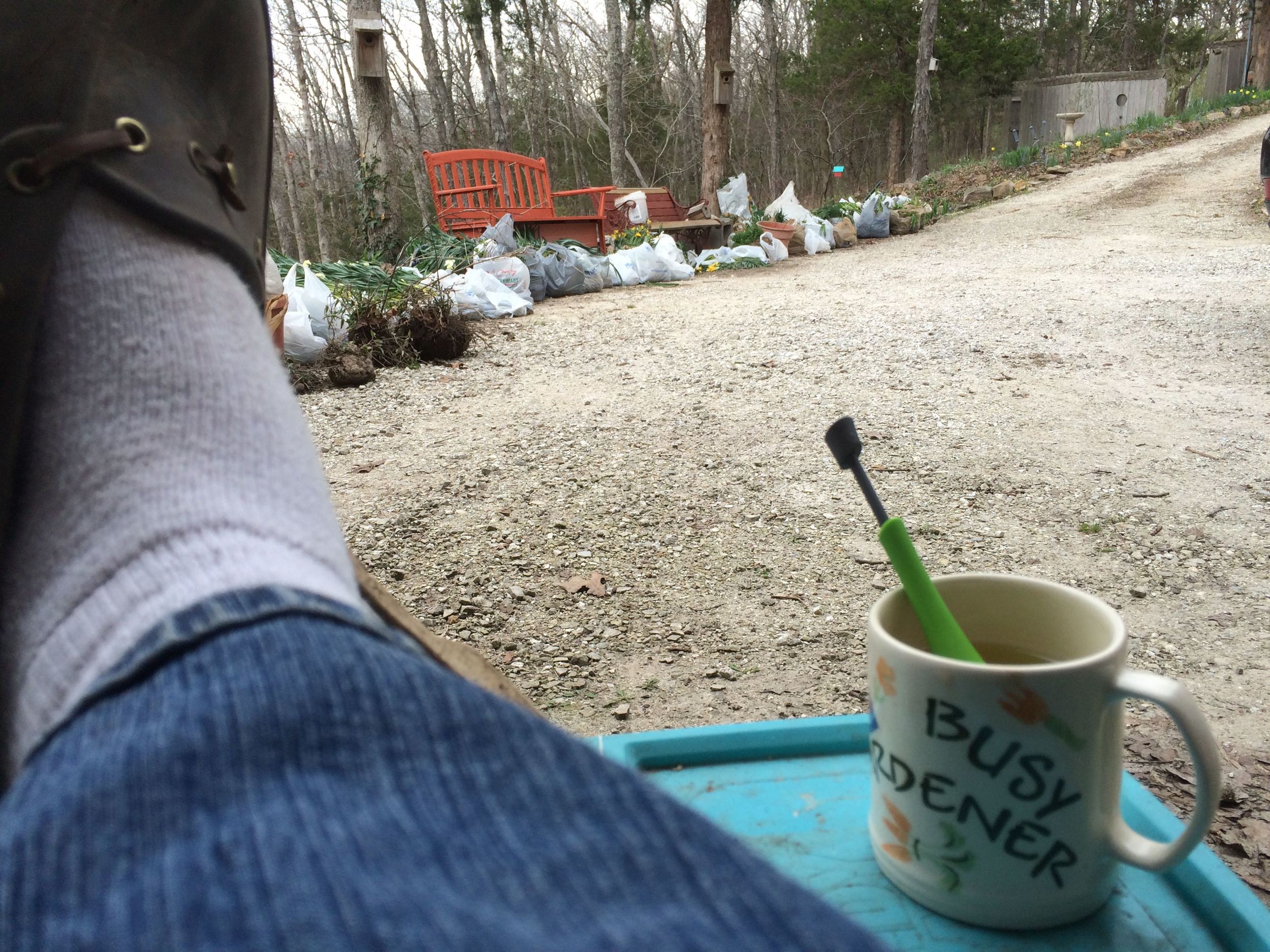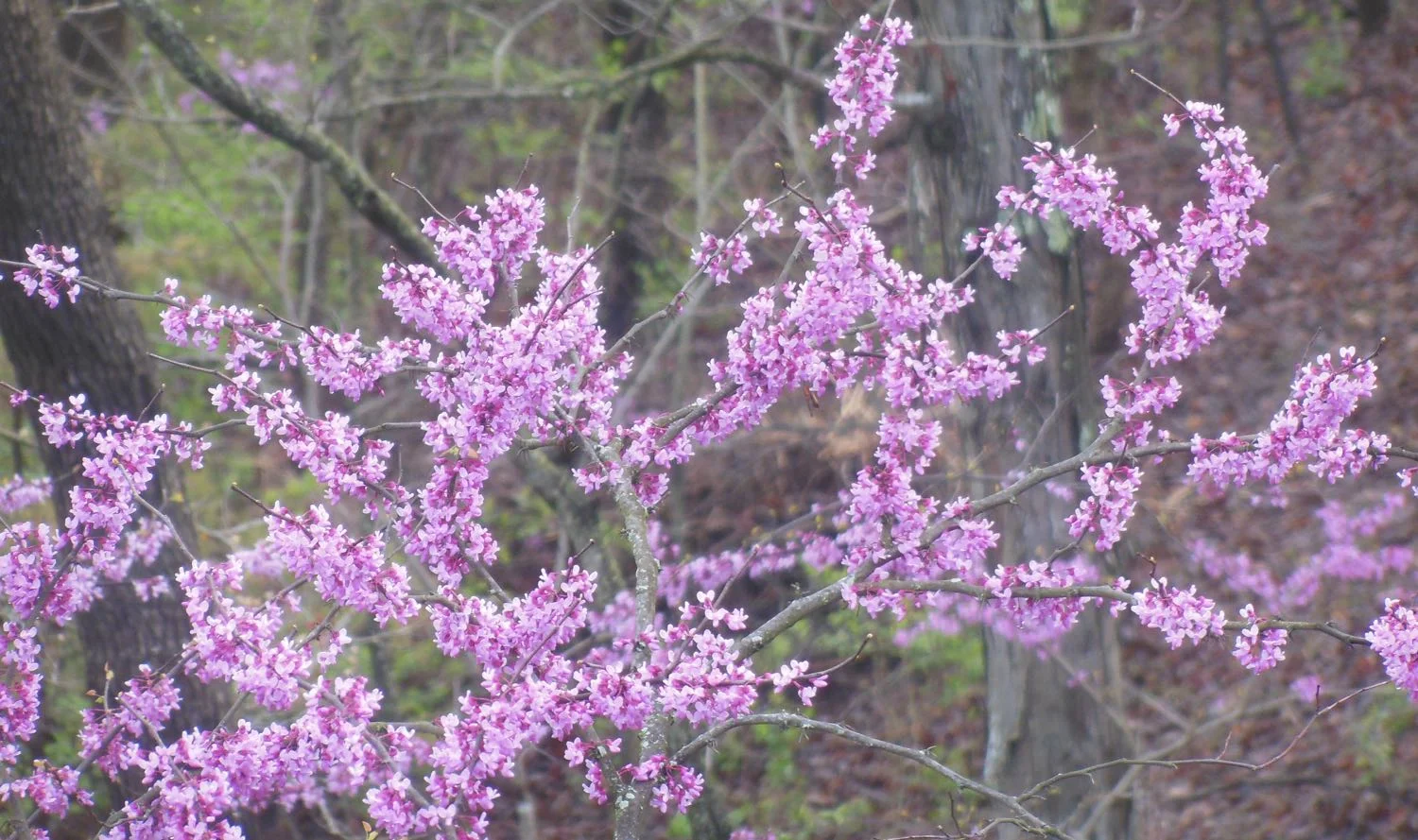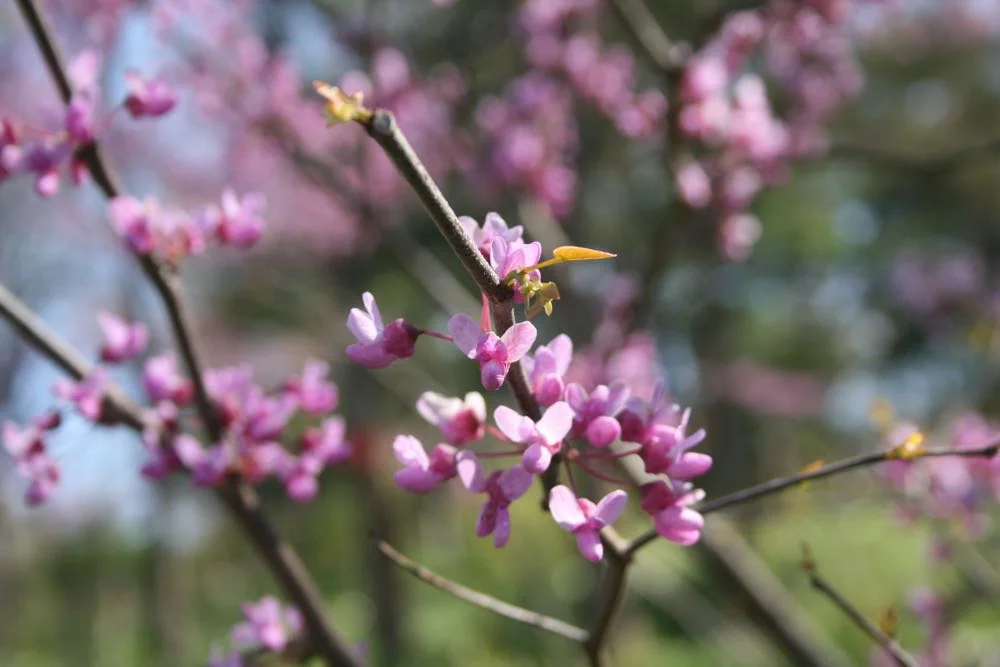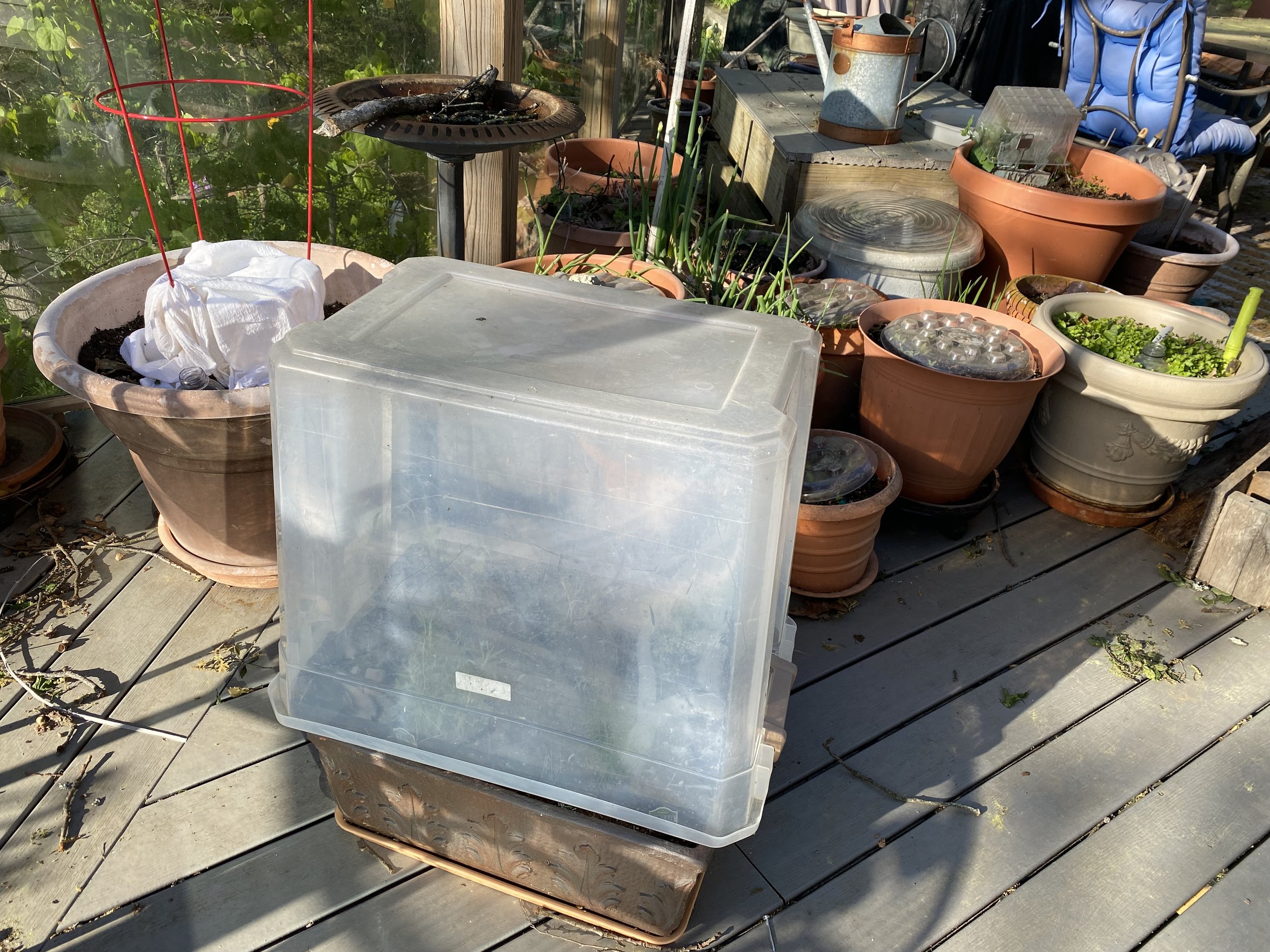Spring Fever
/Semi dwarf Bartlett pear tree in bloom at Bluebird Gardens, surviving the last week of cold.
"It’s spring fever. That is what the name of it is. And when you’ve got it, you want — oh, you don’t quite know what it is you do want, but it just fairly makes your heart ache, you want it so!"
~Mark Twain
Spring Fever
It's been a mild winter but just the thought that it was still winter was enough to make me want it to be spring.
I really shouldn't complain. I could still putter outside on some winter days. My hillside gave me a clear view of the good garden bones I have to work with, a promise of new projects to tackle once the weather warmed up.
A pile of gardening catalogs and books kept me company by the fire, and a stack of projects were always only half finished.
My plants were dormant for most of the time, although the compact dwarf fruit trees started blooming a good three weeks earlier than usual.
Pink compact dwarf apricot trees are the first to bloom in early spring at Bluebird Gardens.
The compact dwarf apricot trees are usually the first to turn their beautiful dark pink, followed by the compact dwarf peaches, which pale by comparison.
Valentine's Day used to mark the first appearance of purple crocus but our rapidly changing climate is playing havoc with plant habits, too. I finally found my first yellow crocus blooming a good month later than usual.
No matter, we made it through the last week of below freezing temperatures. I dressed my fruit trees in my winter coats and fleece blankets, picked bouquets of daffodils to enjoy inside in case they were snapped by the freezing temperatures, and have a list of projects to tackle once temperatures warm up again.
It's time for new beginnings. It's time for the fever. It's now officially spring!
Charlotte









































